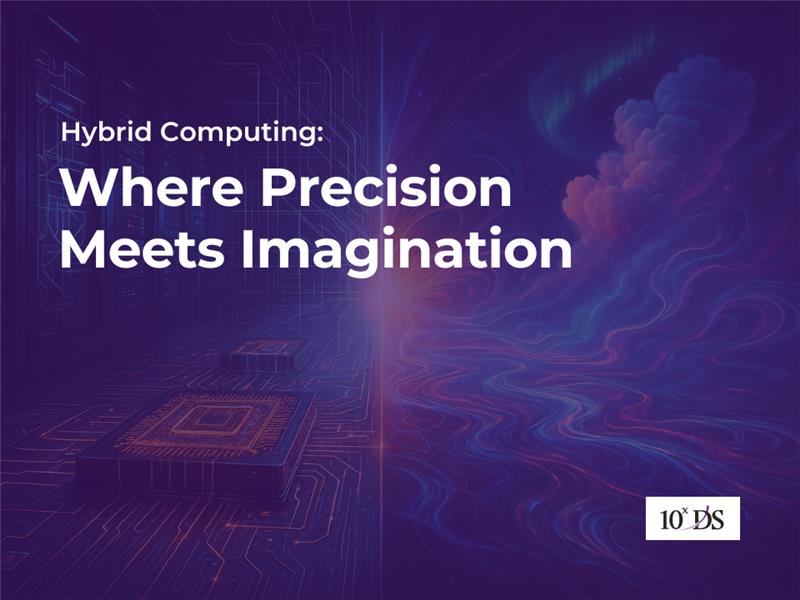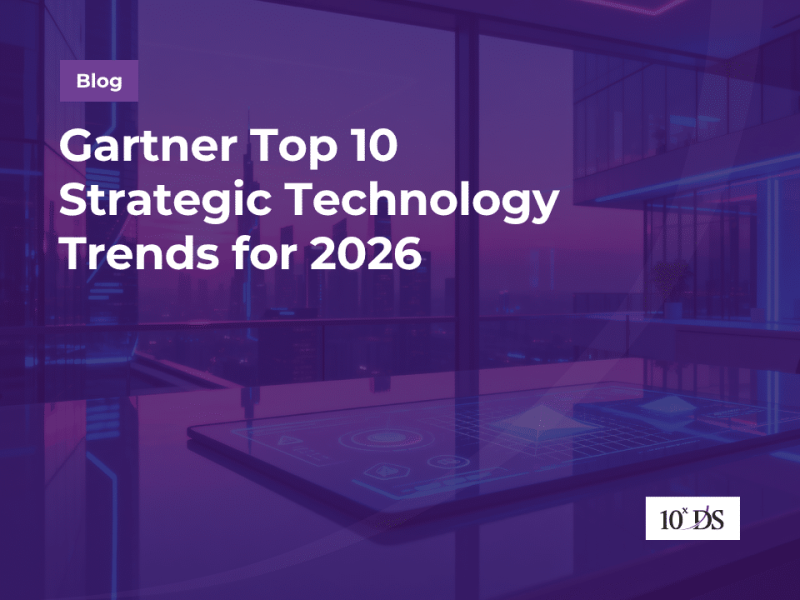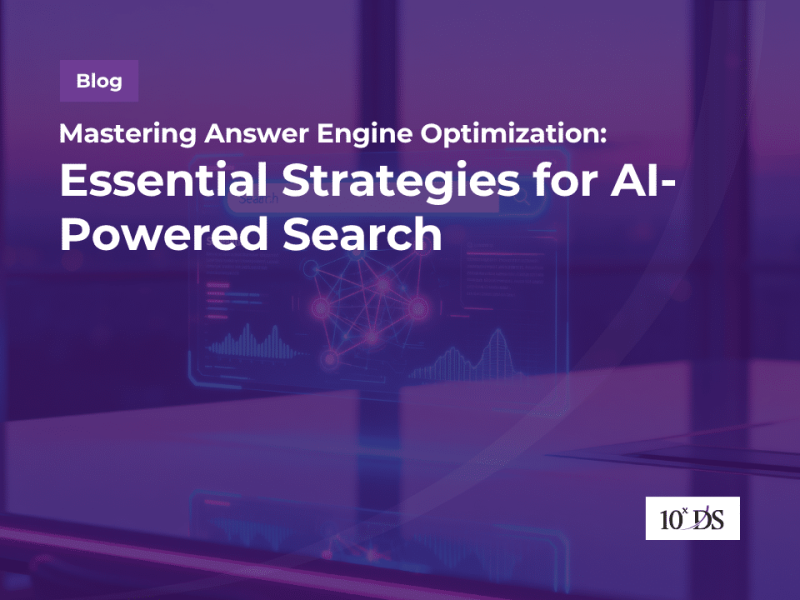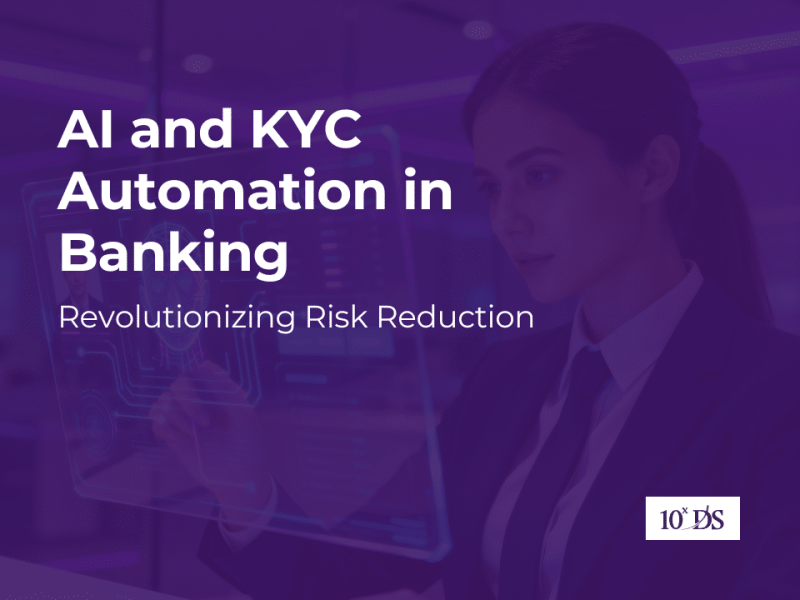
Hybrid Computing: Where Precision Meets Imagination
Technology has always been about balance—finding the perfect point between reliability and innovation as well as between logic and imagination. Hybrid computing is one such breakthrough that blends the strengths of different computing models into a unified force. By merging the power of traditional computing with advanced cloud-based and AI-driven capabilities, it offers a unique mix of precision, efficiency, and creative freedom.
Understanding how hybrid computing works is the first step to appreciating its impact. More than a technical upgrade, it’s a mindset shift. One that leverages structured problem-solving and inventive thinking to unlock possibilities once thought as ‘out of reach’.
What is Hybrid Computing?
Hybrid computing refers to the combination of two or more different types of computing systems working together to solve problems. Traditionally, computing models have leaned toward either analog systems, which excel at handling complex, variable inputs, or digital systems, which are precise and structured. Hybrid computing brings these together—often in combination with modern cloud computing and AI solutions—so that tasks benefit from both accuracy and adaptability.
In modern contexts, answer to the question “what is hybrid computing?” often describes it as the blending of on-premises infrastructure with cloud services. This allows businesses and researchers to run sensitive or high-priority processes locally while leveraging the scalability and versatility of remote resources. It’s a flexible architecture that adapts to specific needs rather than forcing operations into a single, rigid system.
This fusion means that the same setup can handle everything from high-speed calculations to complex simulations, all while adapting in real time to new requirements. Whether it’s optimizing supply chains, designing creative solutions, or running scientific models, hybrid computing thrives on variety.
The Dual Strengths of Hybrid Computing
At its core, hybrid computing balances the two aspects below:
- Structured, Rule-Based Precision:Digital systems ensure that processes are exact, calculations are flawless, and data is processed without error.
- Flexible, Adaptive Thinking:Analog-style processing or AI-enhanced components allow for nuanced decision-making, creativity, and problem-solving that feels closer to human reasoning.
By weaving these strengths together, hybrid computing offers an approach that isn’t just technically effective but also creatively empowering.
Benefits of Hybrid Computing
The key benefits of hybrid computing extend across industries, offering organizations the ability to operate efficiently while staying adaptable to change. Here’s a closer look at its key advantages:
1. Flexibility in Workflows
Hybrid computing enables tasks to run in the environment best suited for them. Sensitive or confidential work can be processed in secure local systems, while tasks needing scalability or advanced analytics can be shifted to cloud-based platforms. This choice empowers teams to adapt quickly without compromising security or performance.
2. Cost Efficiency
While building entirely high-performance systems can be costly, hybrid computing allows organizations to optimize their resources. They can reserve high-end local hardware for critical processes and utilize cost-effective remote computing for others, leading to smarter budget allocation.
3. Enhanced Problem-Solving Capabilities
Hybrid computing’s mixed approach allows it to tackle problems that purely digital or purely analog systems might struggle with. From simulating real-world conditions to predicting market trends, it combines numerical accuracy with contextual awareness.
4. Scalability Without Disruption
One of the underrated advantages of hybrid computing is how easily it scales. Adding more computing power doesn’t require overhauling the entire system—cloud resources can be expanded instantly, while local systems continue running seamlessly.
5. Creativity Meets Data-Driven Insight
Because hybrid computing supports both precision-based and exploratory processes, it’s an ideal tool for innovation. Designers, engineers, and researchers can experiment freely, knowing they have the computational power to validate their ideas with real-world accuracy.
Hybrid Computing in Action
The real-world applications of hybrid computing show how its balanced nature delivers unmatched versatility across industries.
- Healthcare:Combining precise medical imaging analysis with adaptive AI models that recommend treatment options.
- Engineering & Design:Running accurate calculations for structural integrity while exploring creative architectural concepts.
- Architecture:Using hybrid platforms to simulate designs with virtual reality overlays, enabling architects to refine concepts iteratively.
- Media Production:Blending automated rendering processes with artistic adjustments in real time.
- Scientific Research:Running simulations that merge the exactness of mathematics with unpredictable, real-world variables.
- Education:Understanding of hybrid computing helps students grasp how integrated systems solve multifaceted problems. Educators can use hybrid setups to deliver interactive lessons, combining local devices with online resources for a cohesive learning experience.
- Logistics:Hybrid computing’s single-faceted effectiveness optimizes routes using a blend of GPS and predictive algorithms, ensuring maximal impact with minimal waste.
- Gaming:Developers merge physics engines with AI behaviours in hybrid environments, creating immersive worlds that captivate players.
- Manufacturing:Hybrid computing in this space often means integrating IoT devices with enterprise systems, streamlining production lines and improving efficiency.
In each of these areas, hybrid computing reveals itself not just as a technical concept, but as a versatile approach that unites precision with creativity.
Bridging Effectiveness and Creativity
Effectiveness often comes from streamlined systems and precise execution. Creativity thrives in environments that allow experimentation and flexible thinking. The value of hybrid computing emerges most clearly when these two aspects are not seen as opposites, but as collaborators.
Hybrid computing provides the infrastructure for this collaboration. Teams can move fluidly between data-heavy, structured tasks and open-ended creative projects without changing their core system. This not only reduces downtime but also ensures that the transition from idea to execution happens faster and more effectively.
Why Hybrid Computing Matters Now
In a rapidly evolving technological landscape, adaptability is as valuable as performance. Businesses and individuals alike face challenges that require both immediate, accurate responses and long-term, visionary planning. What is hybrid computing, if not a solution that addresses both these challenges?
The growing relevance of hybrid computing comes from the fact that innovation today is rarely a single-path journey. The tools we use must be able to handle diverse workloads, support different styles of thinking, and evolve alongside our goals. Hybrid computing meets these needs while giving us the freedom to think bigger.
The Future of Hybrid Computing
Looking ahead, hybrid computing will extend to personalized user experiences, where systems intelligently allocate resources based on individual needs. Imagine smart cities where hybrid computing orchestrates traffic management, energy distribution, and public safety through interconnected networks. Hybrid computing will also contribute to sustainability by optimizing energy use across distributed systems, fostering eco-friendly innovations.
What is hybrid computing’s future impact? It will empower industries to anticipate demands, streamline operations, and foster creativity through adaptive, intelligent architectures that evolve with technological advancements.
With Gartner stating that cloud computing is set to become an essential driver of business competitiveness by 2028, and Market Research Future’s report suggesting that the edge computing market is projected to soar to USD 46.17 billion by 2032, hybrid computing, a combination of cloud & edge computing—is emerging as a strategic imperative for organizations seeking agility, scalability, and real-time capabilities.
The future of hybrid computing lies in its ability to seamlessly integrate emerging technologies, such as quantum processors and neuromorphic chips, with existing cloud and edge infrastructures. This convergence will enable unprecedented levels of performance, allowing systems to tackle increasingly complex challenges with ease.
The benefits of hybrid computing will go beyond efficiency—they will shape how we design, create, and innovate. Future systems may seamlessly integrate quantum computing elements, machine learning models, and even bio-inspired processes, all working together in a unified hybrid environment.
The future isn’t about choosing between effectiveness and creativity—it’s about realizing they can enhance each other. Hybrid computing stands as a proof of that synergy.
Conclusion
In conclusion, hybrid computing stands as a transformative force that enhances both effectiveness and creativity. By integrating diverse elements, it creates opportunities for focused achievements and innovative expressions. Embracing hybrid computing means committing to a future where efficiency and imagination converge seamlessly.
Hybrid computing is more than a technical solution—it’s a philosophy of balance. By merging precision with adaptability, it empowers organizations, innovators, and thinkers to achieve more than what either of the two approaches could offer alone. Understanding hybrid computing is not just about its components, but about its potential to redefine how we work, create, and solve problems.
The benefits of hybrid computing will continue to unfold as technology evolves, but its core advantage is already clear: it allows us to be both effective and creative without compromise. In an era that demands both speed and imagination, hybrid computing isn’t just an option—it’s the path forward.


